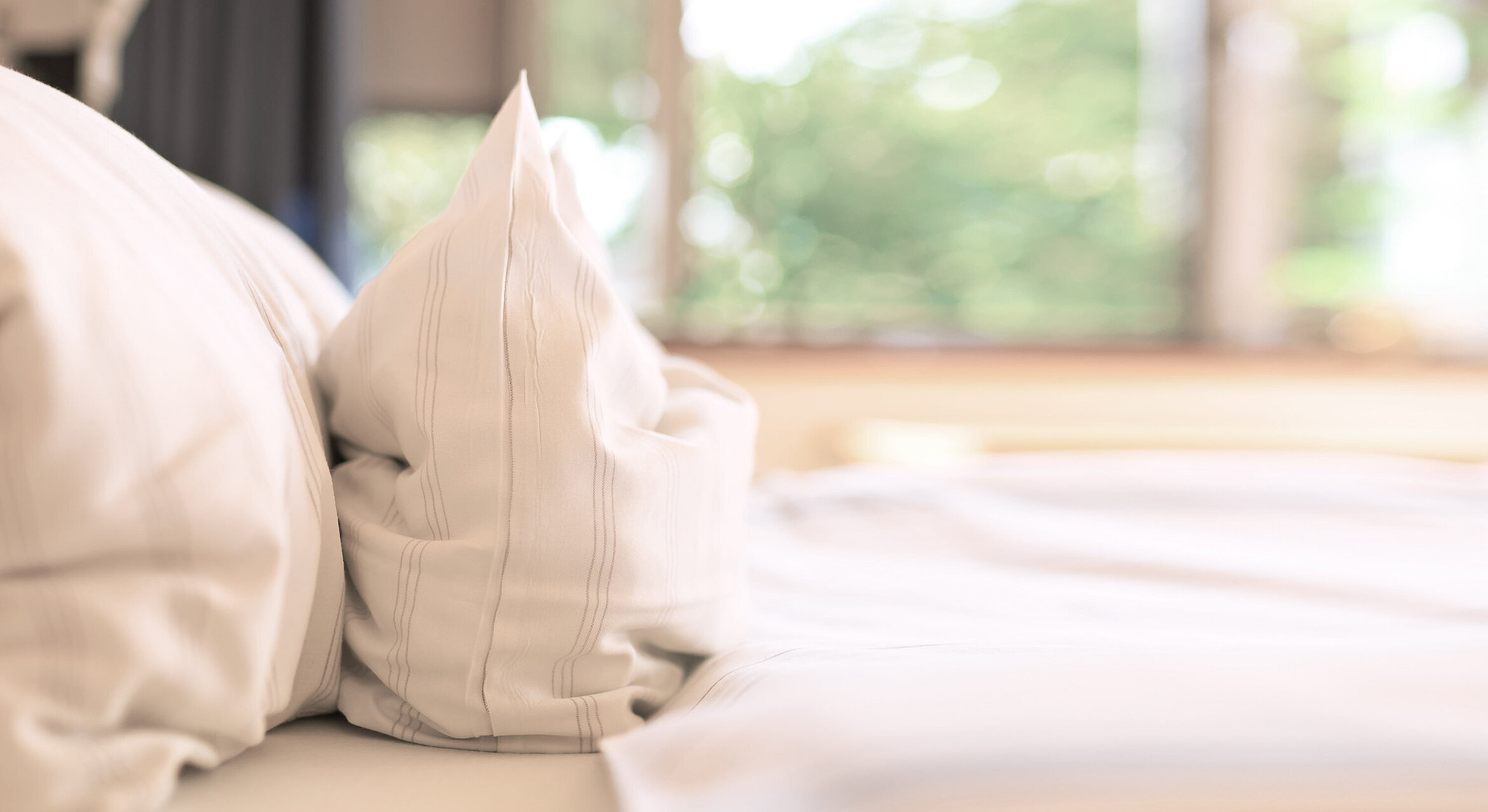
Your inpatient stay for focal treatment
As part of our quality assurance efforts, we have developed a standardised structure for your inpatient stay. This is not a set of rigid targets; instead, it defines guidelines for our work and the relevant measures required at different stages.
Of course, we always tailor this general structure to the needs of each individual patient. One main advantage of this structure, however, is that you have a better idea of what to expect during your stay, which will help you prepare. This page therefore provides a guide to a typical inpatient stay with us.
Day of admission
The day of your admission as an inpatient mainly involves the ward doctor performing a few remaining tests required for surgery and making preparations for your treatment.
This includes:
- Blood samples
- ECG
- A conversation about the procedure, answering any questions you have
- Physical examination
- Any further tests required due to pre-existing conditions or findings, e.g. specific ultrasound scans
You will also have a detailed conversation with the anaesthetist about the anaesthetic used during surgery. The anaesthetist will prescribe you a sedative tablet, which you must take on the morning of your treatment when you are collected from the ward. For organisational reasons, these processes might happen in a different order on the day you are admitted. You can eat as normal on the day before the procedure.
Your doctor will also visit you during the day to discuss the planned treatment. In the evening before the procedure, we will perform a small enema. Alternatively, you can take a suppository (Supplaxans).
Day of the procedure
It is important that you arrive at the clinic promptly on the day of your procedure. If the door is looked, please use the buzzer for your ward. When you get to the ward, please make yourself known to nursing staff so that they can show you your room and briefly perform another minor enema. Once the operating room is ready for you, we will collect you from your room. After the surgery, you will only be taken back to your room once the anaesthetic has almost completely worn off, which means it could be afternoon or evening by the time you return. Due to the anaesthetic, it is likely that you will not sleep particularly well following the procedure. If you experience any pain or an uncomfortable feeling of pressure, we will give you pain relief in tablet form or by injection. You will also have a catheter in place in your bladder to remove urine. However, the urine will flow into a bag beside your bed. In some cases, the catheter can cause some abnormal sensations, such as the feeling of constantly needing to pass urine. Do not let the colour of the urine concern you: due to the procedure on your prostate, your urine may contain some blood to begin with. In addition to the catheter, you may also notice some bloody secretion from the urethral opening. This is also no cause for concern.
Day of discharge
On the day you are discharged, we will make arrangements for removal of the catheter. Please note that you must continue to take your antibiotics and alpha 1 blockers.
The antibiotics are prescribed to prevent inflammation of the prostate and should be taken for 14 days after the procedure. The alpha 1 blockers are prescribed to reduce outlet resistance in the prostatic urethra and thereby counteract any swelling of the organ after treatment. We recommend that you do not drive on the day of your discharge. The procedure and anaesthetic the previous day will leave you feeling very fatigued and present a risk. You will not yet be fully able to drive.
Day of catheter removal
When the catheter is removed, we will perform a voiding trial. You will be asked to drink as much water as you need until your bladder feels full. You should then empty your bladder as much as you can before informing the nursing staff. They will then perform an ultrasound scan to check whether you have fully voided your bladder. As the prostate can swell considerably following the treatment, it is possible that it will take you several attempts to void your bladder fully. If you are unable to fully empty your bladder, another indwelling catheter will need to be inserted, though this is rare. This catheter is removed at a later date, once the swelling has receded.
